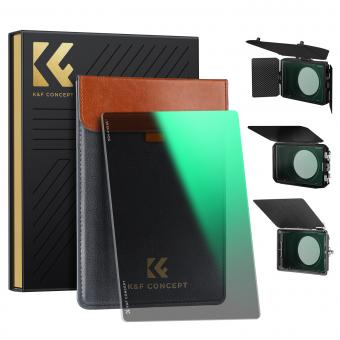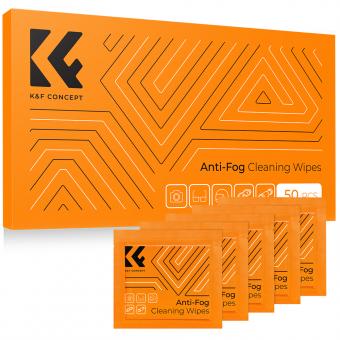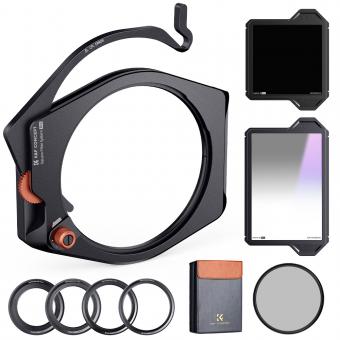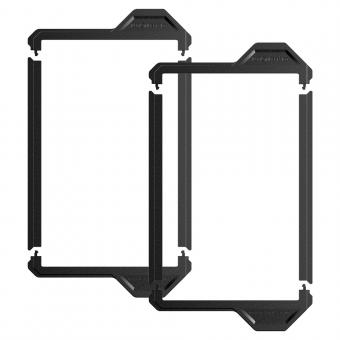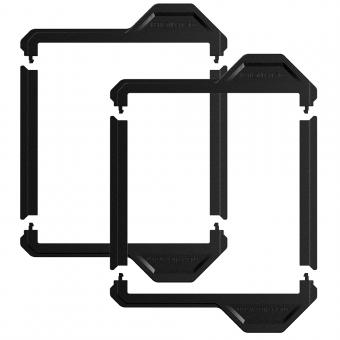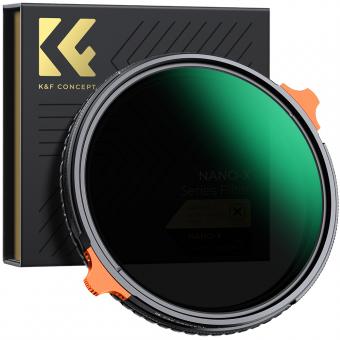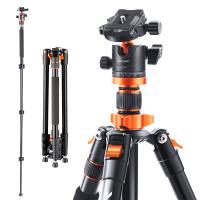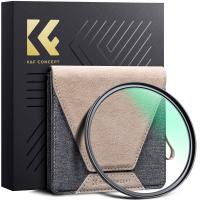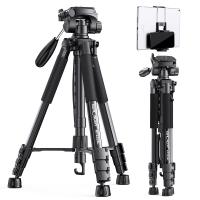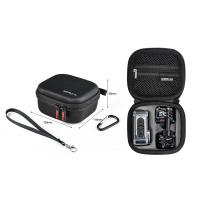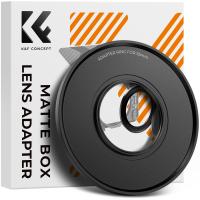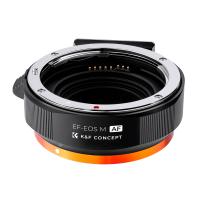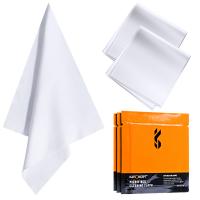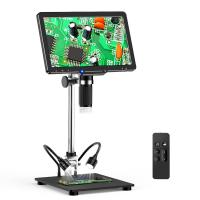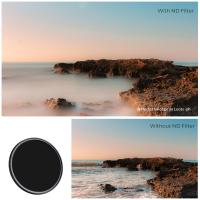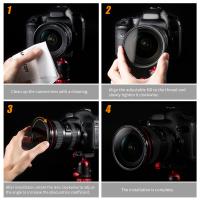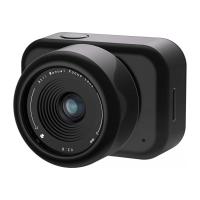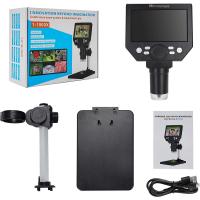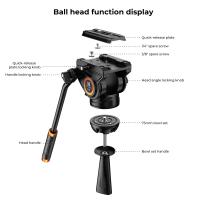How To Fold Square Filter Paper ?
To fold square filter paper, start by placing the paper on a flat surface with one corner pointing towards you. Fold the paper in half diagonally, bringing the opposite corners together to form a triangle. Next, fold the triangle in half again by bringing the two outer corners together. You should now have a smaller triangle. Take one of the outer corners of the triangle and fold it towards the center, aligning it with the opposite side. Repeat this fold with the other outer corner. Finally, fold the bottom edge of the triangle up towards the top, creating a small flap. Your square filter paper is now folded and ready to be used.
1、 Basic Folding Techniques for Square Filter Paper
Basic Folding Techniques for Square Filter Paper
Folding square filter paper is a fundamental skill that every coffee enthusiast should master. Whether you are using it for pour-over brewing or as a tea bag, proper folding ensures optimal extraction and a clean cup of coffee or tea. Here are some basic folding techniques to get you started:
1. Start with a square filter paper: Ensure that your filter paper is square-shaped. This will make the folding process easier and more precise.
2. Fold in half: Take one corner of the square and fold it diagonally to the opposite corner, creating a triangle. Make sure the edges align perfectly.
3. Fold in half again: Take the bottom corner of the triangle and fold it up to the top corner, creating a smaller triangle. Again, ensure that the edges align accurately.
4. Fold the bottom edge: Take the bottom edge of the triangle and fold it up about a third of the way. This will create a flat base for your filter paper to stand on.
5. Fold the top edge: Fold the top edge of the triangle down to meet the bottom edge, creating a smaller triangle with a flat base.
6. Open up the filter: Carefully open up the folded filter paper, ensuring that the bottom and top edges are aligned. You should now have a cone-shaped filter ready to use.
It's important to note that different brewing methods may require slight variations in folding techniques. For example, if you are using a Chemex or V60 pour-over brewer, you may need to adjust the size and shape of the filter paper to fit the specific brewer.
In conclusion, mastering the art of folding square filter paper is essential for achieving a delicious cup of coffee or tea. By following these basic folding techniques, you can ensure proper extraction and a clean brew every time.

2、 Step-by-Step Guide to Folding Square Filter Paper
Step-by-Step Guide to Folding Square Filter Paper
Folding square filter paper is a simple yet essential skill for anyone who wants to brew a perfect cup of coffee. Whether you are using a Chemex, V60, or any other pour-over method, properly folded filter paper ensures optimal extraction and a clean cup. Here is a step-by-step guide to folding square filter paper:
1. Start by laying the square filter paper flat on a clean surface. Ensure that the side with the crimped edges is facing up.
2. Fold the filter paper in half diagonally, bringing one corner to meet the opposite corner. This creates a triangle shape.
3. Fold the triangle in half again, bringing one corner to meet the opposite corner. You now have a smaller triangle.
4. Take the two outer corners of the triangle and fold them towards the center, creating a smaller triangle once again.
5. Open up the last fold, and you will see a pocket formed in the center. Place your finger inside the pocket and carefully open up the filter paper, creating a cone shape.
6. Place the folded filter paper into your brewer, ensuring that the three-layered side is facing the spout.
7. Rinse the filter paper with hot water to remove any paper taste and preheat your brewer.
8. Discard the rinse water, add your coffee grounds, and start brewing your coffee.
It is important to note that different brewers may require slight variations in folding techniques. Always refer to the specific instructions provided by the manufacturer for the best results.
In recent years, there has been a growing trend towards using reusable metal or cloth filters instead of paper filters. These alternatives offer a more sustainable option and can enhance the flavor profile of the coffee. However, if you prefer the convenience and simplicity of paper filters, mastering the art of folding square filter paper is a valuable skill to have.
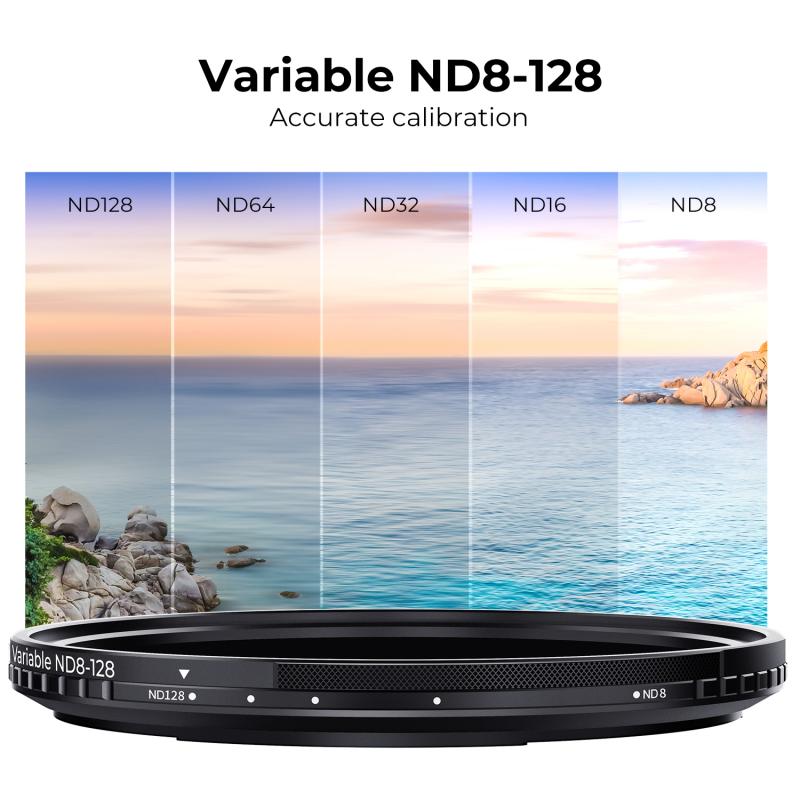
3、 Folding Methods for Square Filter Paper: A Comprehensive Overview
Folding Methods for Square Filter Paper: A Comprehensive Overview
Filter paper is an essential tool in various scientific and laboratory applications. It is commonly used for filtration, separation, and purification processes. One crucial aspect of using filter paper is the proper folding technique, as it ensures optimal filtration efficiency and prevents leakage or contamination. In this comprehensive overview, we will discuss various folding methods for square filter paper.
1. Simple Fold: The simplest and most commonly used method is the simple fold. Start by placing the square filter paper on a flat surface. Fold it in half diagonally to form a triangle. Then, fold the triangle in half again to create a smaller triangle. This method is suitable for general filtration purposes.
2. Accordion Fold: The accordion fold is ideal for applications that require a larger surface area. Begin by folding the square filter paper in half diagonally to form a triangle. Then, fold the triangle in half again to create a smaller triangle. Repeat this process until you achieve the desired number of folds. Unfold the paper, and you will have a series of parallel folds resembling an accordion.
3. Cone Fold: The cone fold is commonly used when filtering liquids. Start by folding the square filter paper in half diagonally to form a triangle. Then, fold the triangle in half again to create a smaller triangle. Finally, bring the two corners of the triangle together, overlapping them slightly, to form a cone shape. Secure the cone with tape or a paper clip.
4. Pleated Fold: The pleated fold is suitable for applications that require a large filtration area and high flow rate. Begin by folding the square filter paper in half diagonally to form a triangle. Then, fold the triangle in half again to create a smaller triangle. Continue folding the triangle in half until you achieve the desired number of pleats. Unfold the paper, and you will have a series of parallel pleats.
It is important to note that the choice of folding method depends on the specific application and the desired filtration outcome. Additionally, advancements in filter paper technology may introduce new folding techniques or modifications to existing methods. Therefore, it is advisable to consult the latest research and manufacturer guidelines for the most up-to-date folding recommendations.
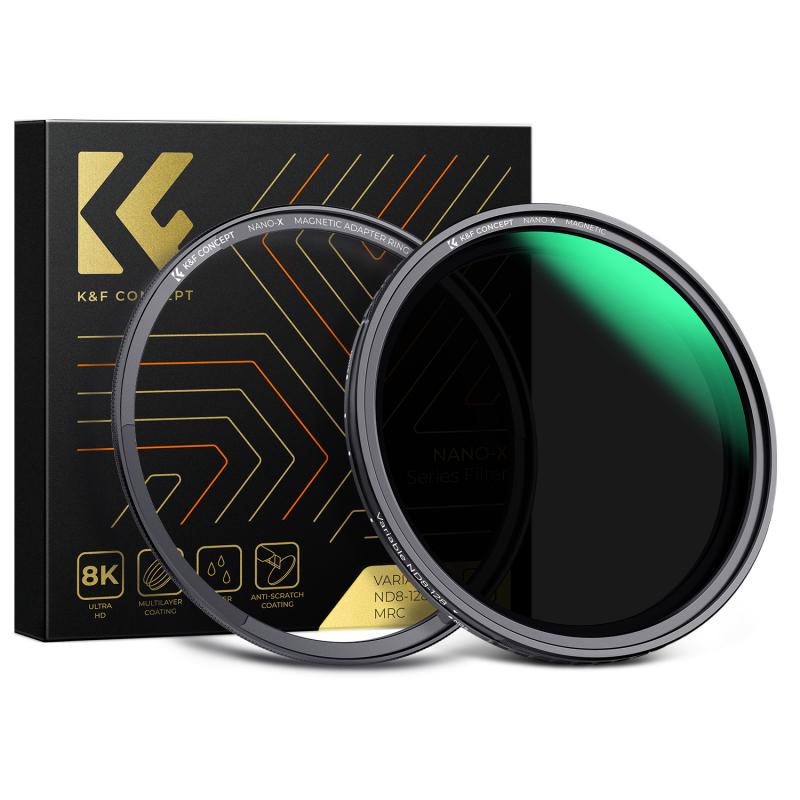
4、 Efficient Folding Techniques for Square Filter Paper
Efficient Folding Techniques for Square Filter Paper
Folding square filter paper may seem like a simple task, but there are actually several techniques that can make the process more efficient and effective. Whether you are using filter paper for laboratory experiments, coffee brewing, or any other application, mastering the art of folding can greatly enhance your results.
One of the most common folding techniques is the accordion fold. Start by laying the square filter paper flat on a clean surface. Then, fold one corner diagonally to the opposite corner, creating a triangle. Next, fold the triangle in half again, bringing the two corners together. Repeat this process until you have a long strip of folded paper. Finally, fold the strip in half to create a compact, folded filter.
Another technique is the fan fold. Begin by folding the square filter paper in half diagonally to create a triangle. Then, fold the triangle in half again, bringing the two corners together. Instead of repeating this process, fold the triangle into smaller triangles, similar to a fan shape. Continue folding until you have a compact, folded filter.
It is important to note that the specific folding technique may vary depending on the size and thickness of the filter paper. Additionally, some applications may require specific folding patterns to ensure optimal filtration or extraction.
In recent years, there has been a growing interest in alternative folding techniques, such as origami-inspired folds. These techniques aim to maximize the surface area of the filter paper, allowing for better filtration and extraction. Researchers have explored various origami patterns, such as the waterbomb fold or the Miura-ori fold, to create intricate and efficient filter designs.
In conclusion, mastering efficient folding techniques for square filter paper can greatly enhance your results in various applications. Whether you opt for traditional accordion or fan folds, or explore innovative origami-inspired patterns, the key is to create a compact and well-folded filter that maximizes surface area and ensures optimal filtration or extraction.


